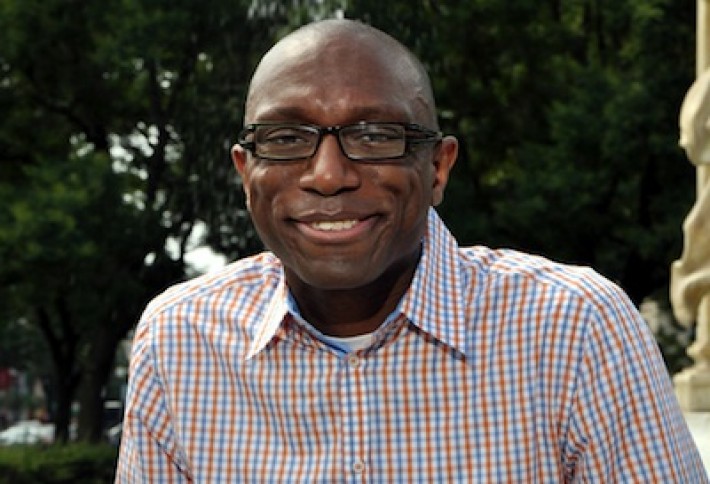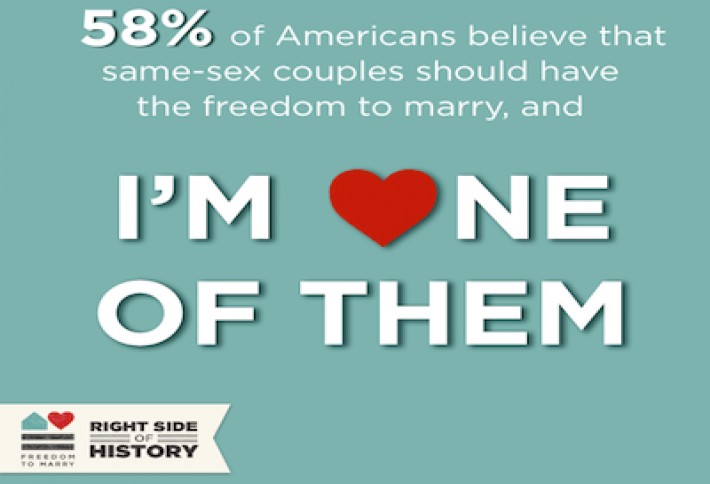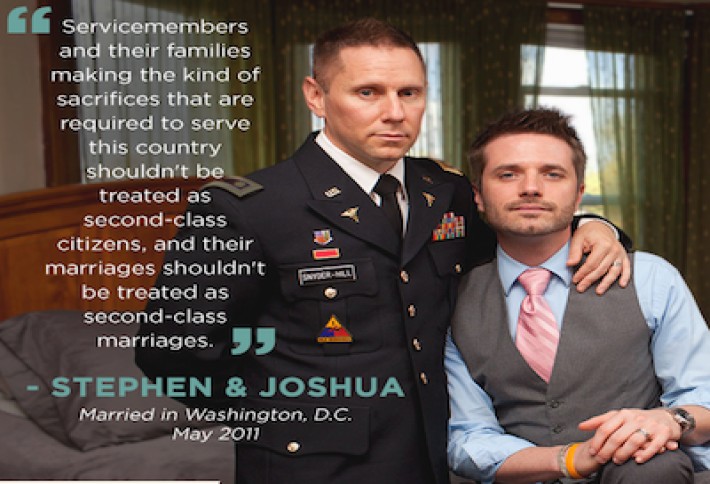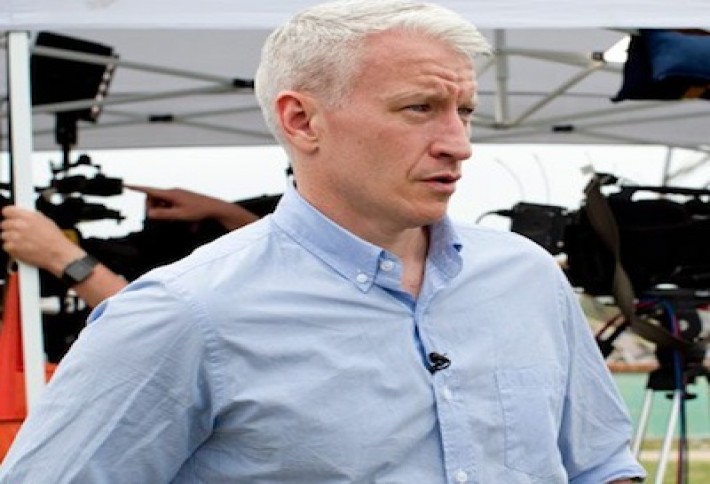Four Social Media Lessons From DOMA

Last week's Supreme Court oral arguments on gay marriage generated mounds of online chatter. And lots of it was created by New York-based Freedom To Marry. Its online director shed some light on how the nonprofit handled the event.
 Freedom To Marry knew it had to turn to social media and other tech tools to keep its members informed. Online director Michael Crawford says the strategy included emails to supporters, Tumblr, Facebook, Twitter, and its own blog. The plan was to also create compelling enough content that supporters would want to share with friends and increase its supporter base. Michael gave us four social media tips for handling big, national events.
Freedom To Marry knew it had to turn to social media and other tech tools to keep its members informed. Online director Michael Crawford says the strategy included emails to supporters, Tumblr, Facebook, Twitter, and its own blog. The plan was to also create compelling enough content that supporters would want to share with friends and increase its supporter base. Michael gave us four social media tips for handling big, national events.
1. Don't be afraid to post a lot
 This particular graphic reached 1.7 million people on Facebook, Michael says. Facebook offered the biggest bang for the buck--content was passed around from supporters to people who may have been on the fence. The organization posted on Facebook three to four times daily knowing that not all of its supporters would see every post.
This particular graphic reached 1.7 million people on Facebook, Michael says. Facebook offered the biggest bang for the buck--content was passed around from supporters to people who may have been on the fence. The organization posted on Facebook three to four times daily knowing that not all of its supporters would see every post.2. Find a way for supporters to identify
 Freedom To Marry used several personal stories about gay couples who had married, who were raising children, and who wanted to get married but couldn't. Michael says people are much more likely to spread positive messages rather ones that attack the opposing side. "The opposition tries to make gay people seem like we have horns growing out of our heads. We promote stories of real people because we know that's what changes hearts and minds," Michael adds.
Freedom To Marry used several personal stories about gay couples who had married, who were raising children, and who wanted to get married but couldn't. Michael says people are much more likely to spread positive messages rather ones that attack the opposing side. "The opposition tries to make gay people seem like we have horns growing out of our heads. We promote stories of real people because we know that's what changes hearts and minds," Michael adds.3. Track the content
 Michael and his team of two tracked how content did on social media sites and if it did well, the organization would promote it with Facebook Promoted Posts and Sponsored Stories to help it reach a wider audience. For example, a personal story that did particularly well was promoted to Anderson Cooper's 194,000 Facebook fans as a way to reach even more supporters, new and old.
Michael and his team of two tracked how content did on social media sites and if it did well, the organization would promote it with Facebook Promoted Posts and Sponsored Stories to help it reach a wider audience. For example, a personal story that did particularly well was promoted to Anderson Cooper's 194,000 Facebook fans as a way to reach even more supporters, new and old.4. Don't be afraid to experiment

Some things will work really well and some won't,and Michael says that's OK. (You'll be posting three to four times a day after all.) The content that does work well can get optimized to the 10th degree. Michael says one piece of content that didn't go over well was a Facebook graphic that said "61% of Americans believe gay marriage will be legal and I'm one of them." What was meant to go viral just flopped. Just a few weeks later the graphic with slightly different wording about being part of the 58% who believe gay couples should have the freedom to marry was a huge success.
